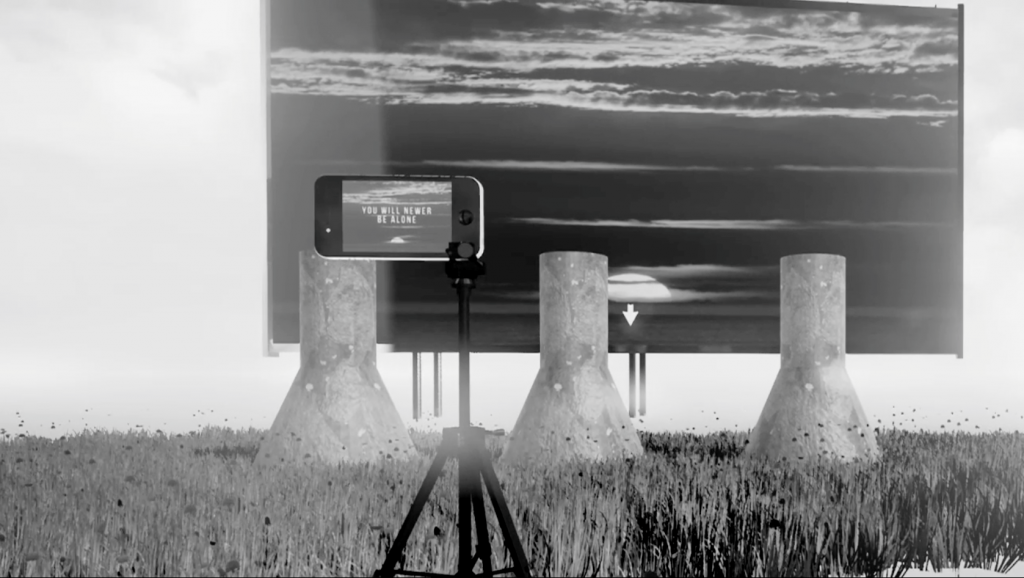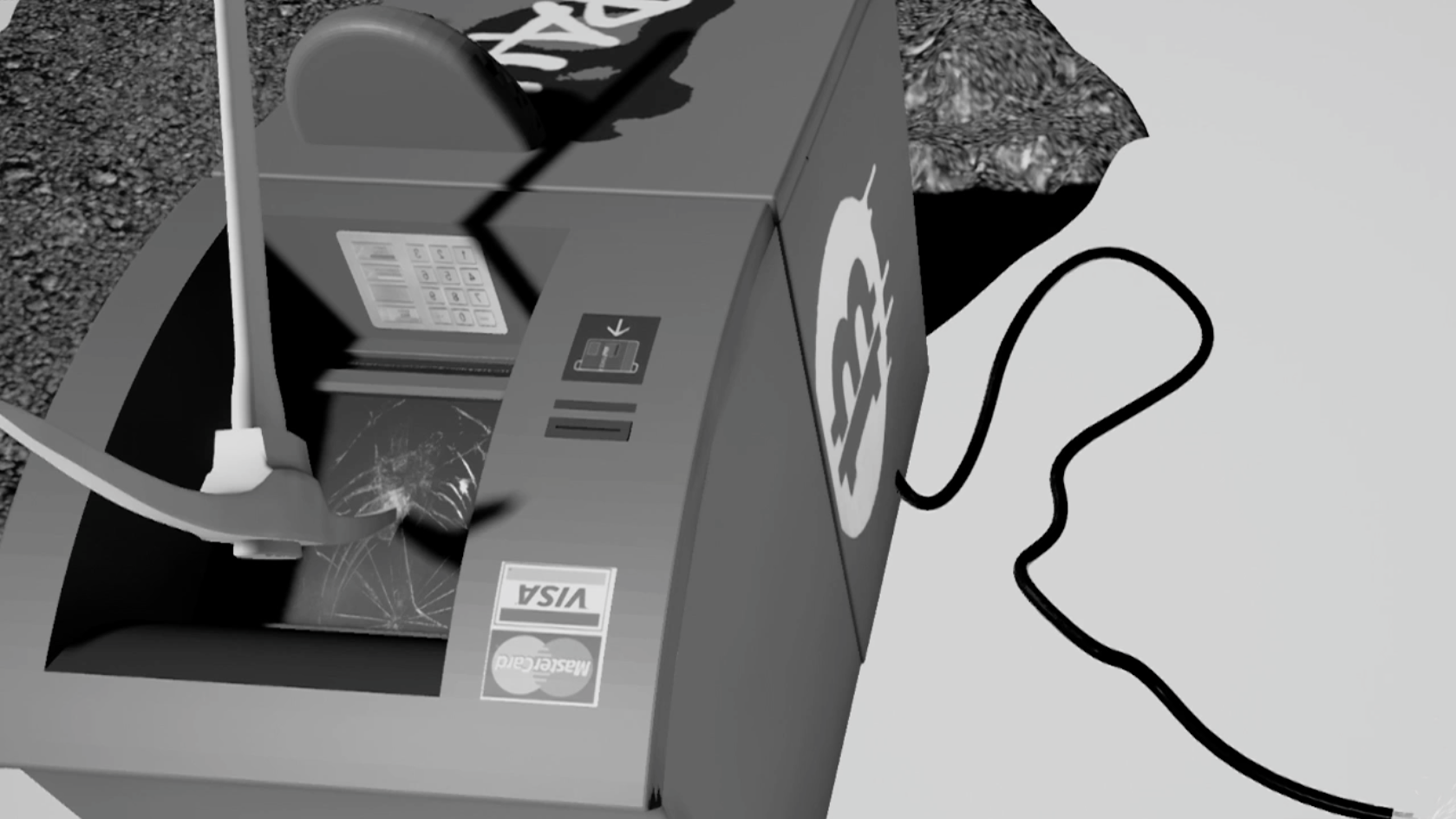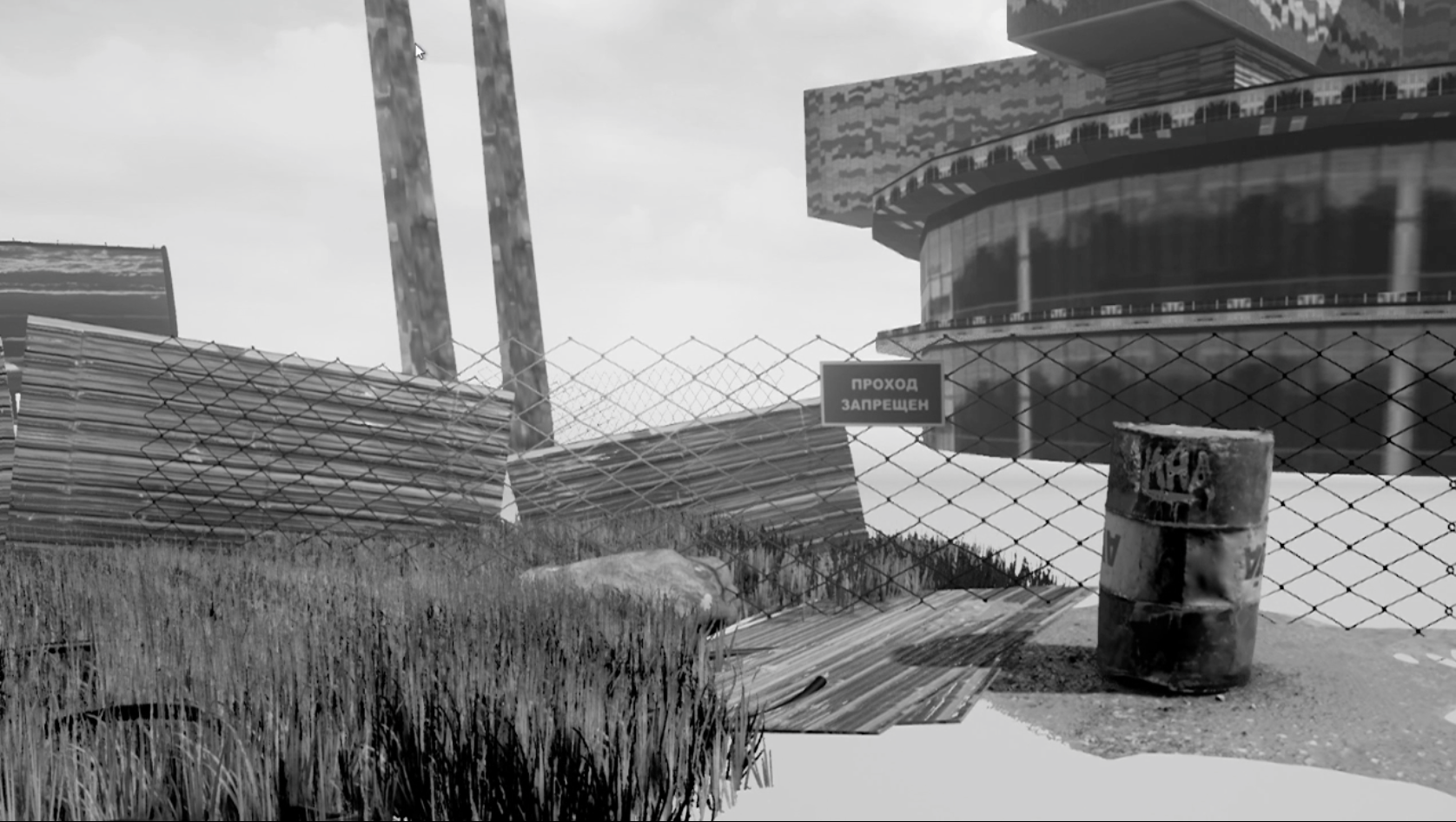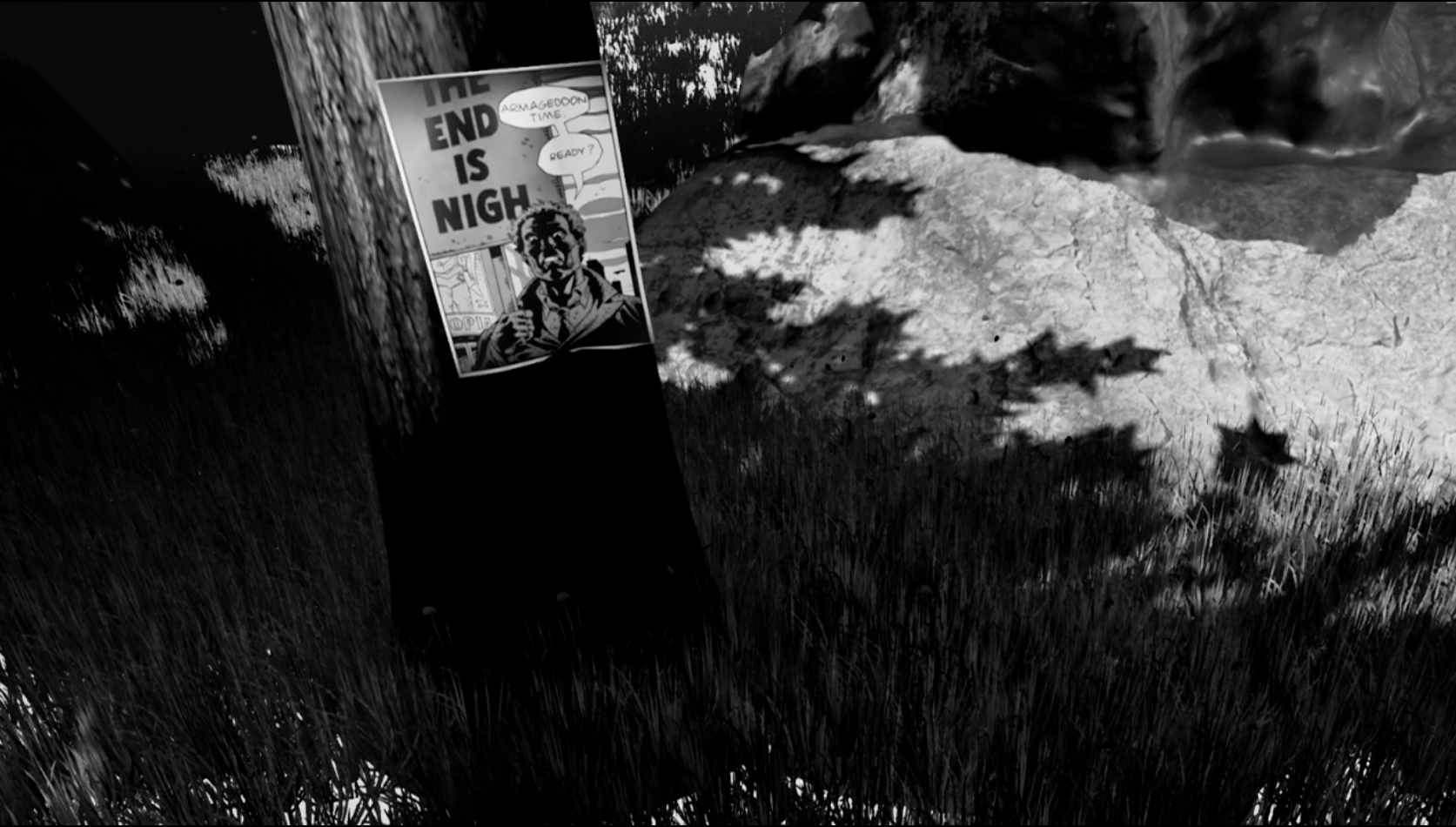Abandoned computer club. Software: Unreal Engine 4
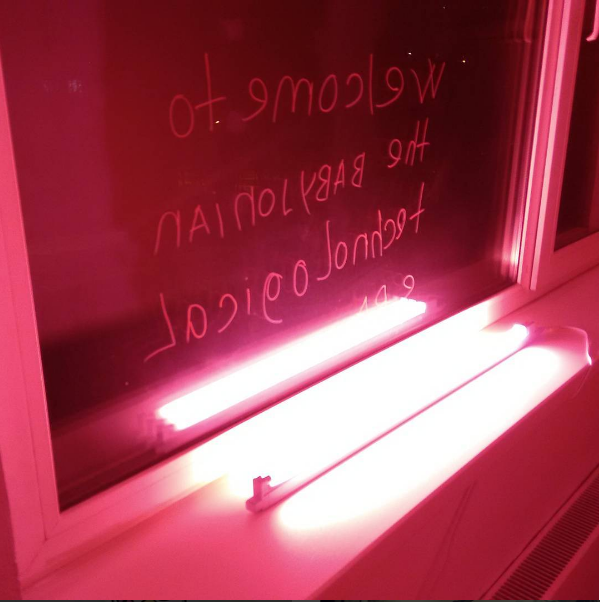
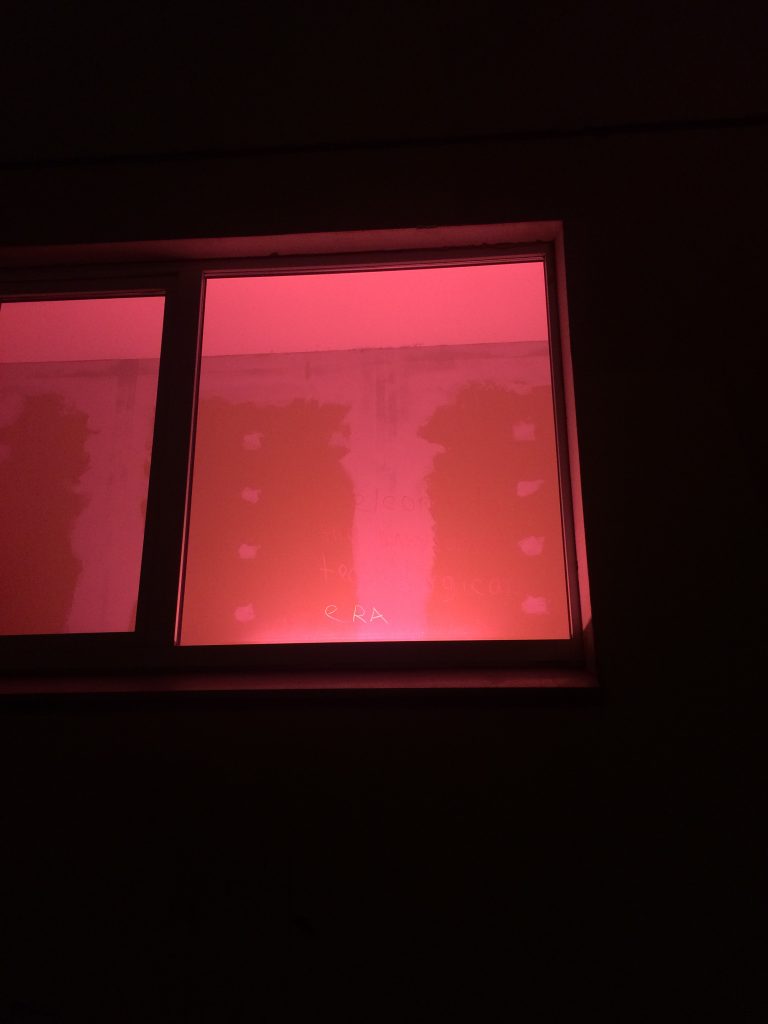
In the “Skolkovo.The game” Sara Culmann continues to explore the possibilities of virtual quests. The computer game for the culture of the late 90s is becoming more than just an individualized leisure. The network of computer clubs that emerged at that time combines several personal computers, turning the game process into a paradoxical reassembly of a collective virtual body. I remember how, in the early 2000s, almost the only way of socialization for us was going to gloomy basements, where we, each connected to our own device, played network games that replaced football, after-school clubs, and sometimes the school process. We preferred to train cognitive neuroreactions, sharpen our attention and engage in pixel hunting, microcontrol of the movements of the eyes and hands that grabbed the mouse. The public field was literally abandoned, we went underground to look for new friends and socialize in the ruins of bodily deprivation and extreme isolation. This is the paradox of computer games as a phenomenon: their virtual structure feeds on our bodily separation, but brings together our disparate psychic abilities, representing a socialization without connection, a romantic unity of lonely bodies. In this world, revolution is almost excluded: when you stand shoulder to shoulder with a comrade, only a rush for the zerg is possible.
It is no coincidence that Sara Culmann exhibits a plotless quest in the once public space of the gallery, a game without a goal and passage, emphasizing its ghostly nature. For this, the selected spectator mode is best suited, giving the feeling of an disembodied gaze at the location. The wandering hero walks along the “highway to nowhere, to the urban legend”, to the large-scale project of Skolkovo, – along the tracks from the residential quarters of the Skolkovo district to the construction of a techno-hub. This quest reveals the characteristics of the contemporary as a set of various “lost futures”, all impossible projects, in the promise of which we are stuck. Philosopher and cultural critic Mark Fisher calls this state a time of constant respite, constant scaffolding, where we can only wander through the blueprints of an unrealizable future. The game is as free as possible: you can stray off the highway and go in search of embedded secrets, riddles and Easter eggs, without any opportunity to collect them into a single narrative plan. Black-and-white painting and chopped layered textures reinforce the feeling of an unmanifested and out-of-date landscape.
Moreover, the very fact of the presentation of the Skolkovo game has a social interpretation. This is exactly how, in the mode of an uninvolved spectator, today’s person feels any urbanistic and “innovative” solutions from above, monuments without motivation and meaning are poured on him, his environment is constantly being recreated as in some Simcity, and he can only wander and feed on it planning atmosphere – empty grandeur or digital mock-ups of promised museums, virtual pseudo-post-industrial “innovation”. He is doomed to a point of incoherence and non-communication, to a liberated alienation within a quest without direction or purpose. And if Stanley Parable at one time became a wonderful expression of office alienation at the level of an individual, then the Skolkovo. The Game ”tells us about the lost political macro-management at the level of the entire country, which designs, digitizes, but receives, as always, the same cromolny national idea of the unfinished and half-working.
